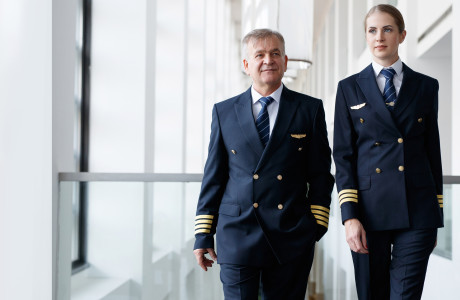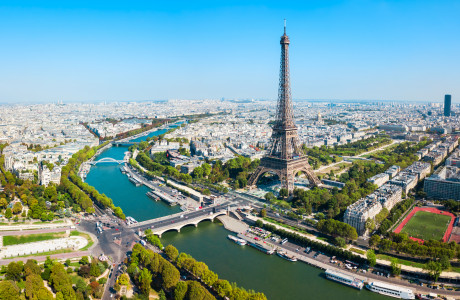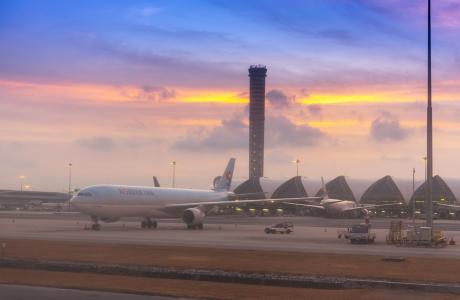
Airport Towers: Control Centers for Aviation
They are a familiar sight to anyone who flies regularly, because they are hard to miss: the airport towers. The imposing towers tower over the surrounding terminals and are often the first thing you see of an airport when approaching, alongside planes taking off and landing. But what do the airport towers look like from the inside? What does an air traffic controller do in the tower? And what is the distinctive architecture of many airport control towers all about? Find out all about it in the following article.
Contents
Which Area Does the Airport Tower Control?
Traditionally, the airport tower is responsible for controlling air traffic in a specific area around the airport in question. This is often around 9 to 18 km around an airport, but can be divided differently, especially at larger airports. The tower is also responsible for controlling the movement of aircraft on the ground. Outside the specified area, air traffic is then managed by control centers, which cover large areas between airports and can often be responsible for hundreds of square kilometers - Germany, for example, is divided into six such areas, one of which is shared with the Benelux countries.
History and Structure of the Airport Towers
Early Airport Towers
The first airport tower was built in 1920 in Croydon, the predecessor of London's airports. The tower, which was just 4.6 meters high, had windows on all four sides and provided pilots with information on air traffic, weather and any other local features. Actual control of arriving and departing flights and ground traffic was first introduced in Cleveland in 1930.
Basic Design
As the use of radar equipment for air surveillance only began in the 1950s, the early airport towers were designed to provide the best possible view of the surrounding airspace. This resulted in the structure, which is still common today, with a distinctive spire whose surrounding window front is usually curved inwards. In this way, a good view of the surrounding runways is made possible, as well as a certain degree of protection from sunlight.
The height of the airport towers can vary. Among other things, it depends on the surrounding landscape and the height of other airport buildings. The location in relation to the taxiways can also play a role: If an airport tower is close to an approach
What Happens in the Airport Tower?
The exact role of airport towers has changed repeatedly over time and can vary depending on the airport. In principle, however, the control towers at the airport can have the following functions:
Air traffic control center: Air traffic in the specified control area is generally controlled from here. The airport tower issues aircraft with precise instructions and clearances for their route. These are binding and may only be disregarded in absolutely dangerous situations in which the crew in the aircraft cockpit must react immediately.
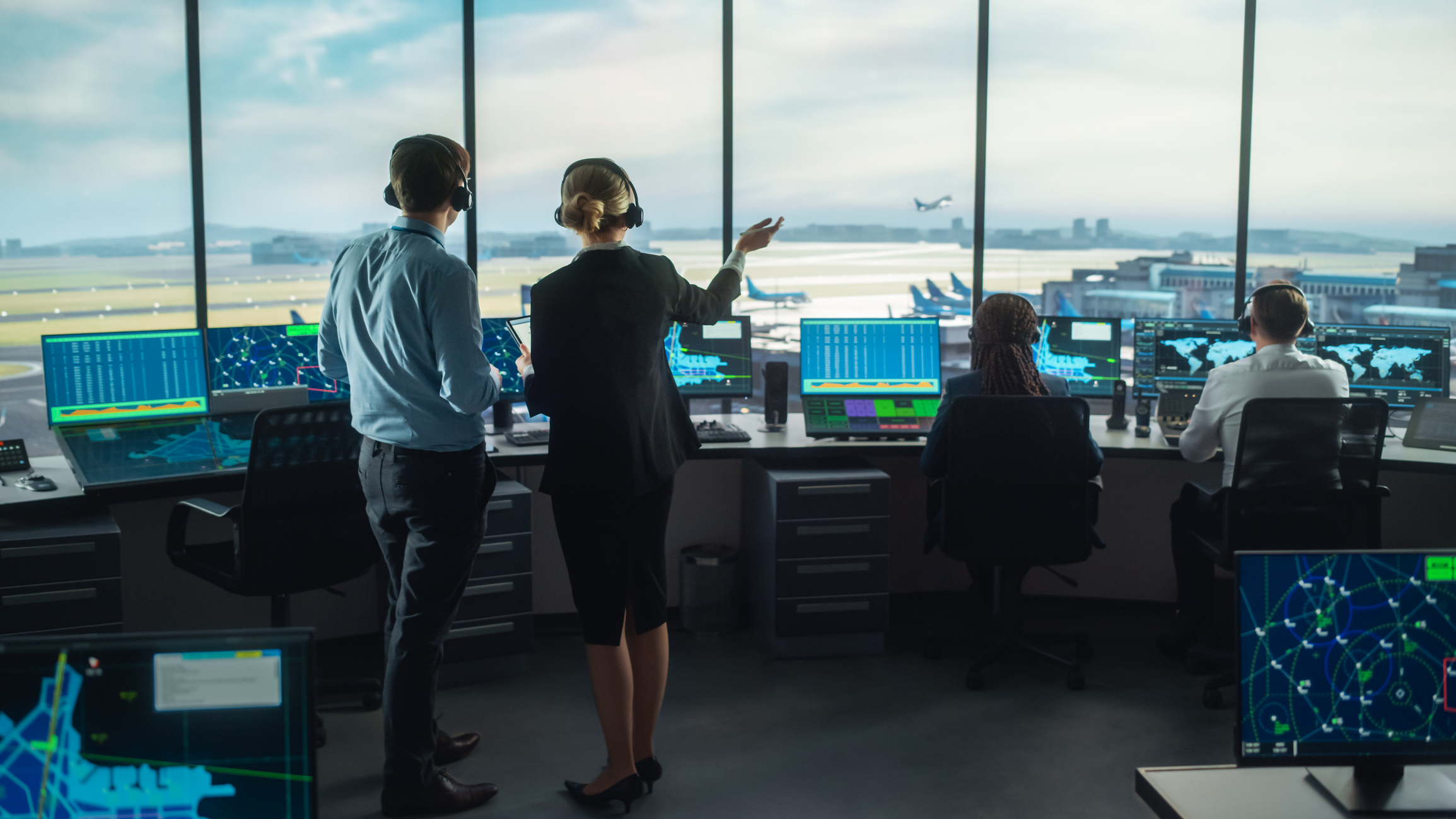
Flight control: At so-called uncontrolled airports, there is usually flight control in the airport tower. This is often the case at smaller sports airports, for example. Similar to the first airport towers, these have an information function but do not issue direct instructions.
Apron control: In addition to air traffic control, the airport tower is also responsible for controlling the taxiway and runways. At larger airports in particular, this is carried out by a separate team of controllers; arriving and departing aircraft are "handed over" between controllers in order to handle the complex processes at the airports.
Technologies and the Future of Airport Towers
Airport towers are equipped with radar systems that make it possible to precisely monitor the movement of aircraft at and near the airport in all wind and weather conditions. In some cases, the overview on the screens already replaces direct visual contact. Accordingly, control teams are increasingly being housed not only in the airport tower, but also in surrounding buildings. Smaller airports are occasionally even controlled completely remotely. For example, air traffic in Saarbrücken and Erfurt has already been controlled by a Remote Tower Center (RTC) in Leipzig for several years, with Dresden set to follow in 2025.
Special Airport Towers Worldwide
Auch wenn die Funktion bei den Towern an erster Stelle steht, gleichen sich selten auch nur zwei von ihnen exakt. Besonders auffällige oder kuriose Flughafen-Tower sind zum Beispiel die folgenden:
Bangkok-Suvarnabhumi: Suvarnabhumi International Airport in Thailand's capital is home to the world's tallest airport tower. At 132.2 m, the circular tower towers above the surrounding buildings.
Vienna-Schwechat: The 109 m high airport tower at Vienna International Airport is not only striking because of its height. Viewed from the right angle, Europe's tallest tower also looks as if it is leaning due to its special design. Its location at the main entrance to the airport site is also unusual and helps to ensure that this tower leaves a lasting impression.
Abu Dhabi: Another architectural showpiece can be found at Zayed International Airport in the capital of the United Arab Emirates. The shape of the curved airport tower is reminiscent of a crescent moon and its exposed location makes it an impressive photo motif.
Sydney: The airport tower at Sydney Kingsford Smith Airport is even a listed building. With its almost flower-shaped top, it is definitely one of a kind. The spiral staircase running around the outside can even evoke associations with a water slide.
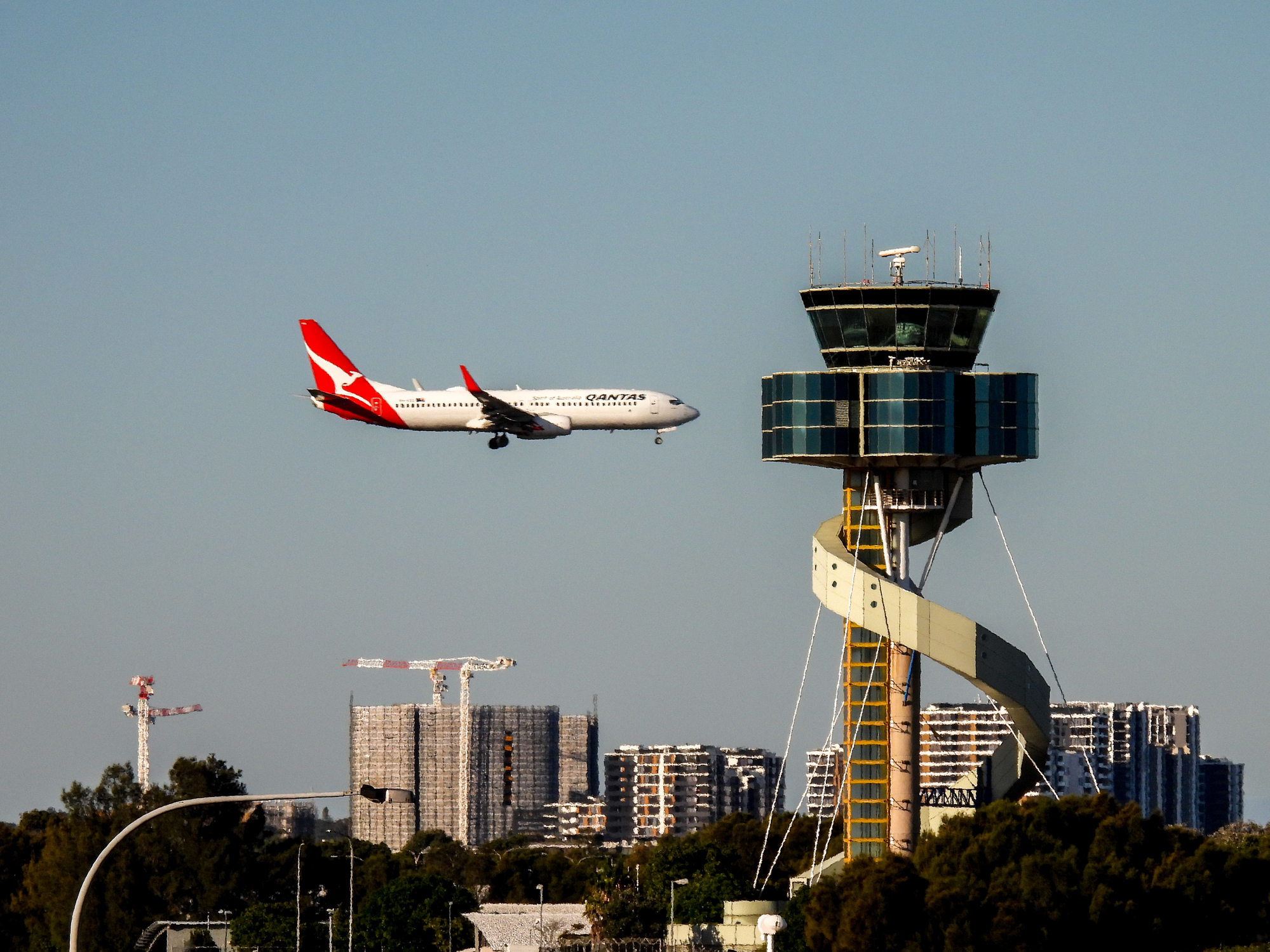
Edinburgh: Edinburgh Airport is futuristic. With its shiny outer wall, the local airport tower is an example of the ongoing trend of designing air traffic control towers in such a way that they could also be seen in science fiction films.
Milan Malpensa: At Italy's largest airport, Milan Malpensa Airport, the city's association with fashion is clearly visible. The airport tower stands out with its lavish design and the interplay of numerous shapes.
Of course, there are many other eye-catching airport towers. So it's always worth keeping your eyes open when traveling to and from the airport. We hope you enjoy discovering them!

